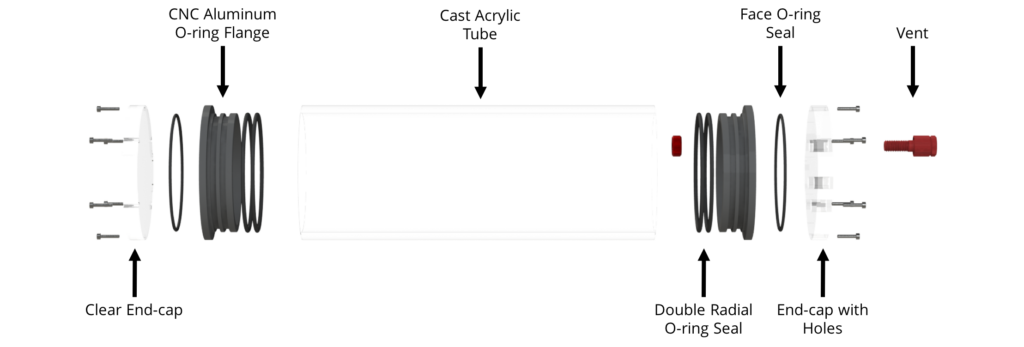

- WATERROOF INTERFACING HOW TO
- WATERROOF INTERFACING SERIAL NUMBER
- WATERROOF INTERFACING SERIAL
- WATERROOF INTERFACING CODE
How to Choose the Right Interfacing for Your Project However, your interfacing should be slightly lighter weight than the fabric you are using. Generally, the heavier the fabric you are using, the heavier the interfacing you need. The thickest interfacing we carry is Timtex. Heavy is great for adding structure to purses or brims of hats. Mid-weight works for a wide variety of projects. Pellon with a grid or dots so you can trace a design onto itįeather or Lightweight is meant to be used with lightweight or delicate fabrics to add strength and durability.Quiltsmart for appliqued designs on quilts.Interfacing typically comes in white or black, so it won't show through the dark or light fabric for your sewing project. There isn't a grain line, and you can cut it in any direction.Ī stretchy interfacing to use when you are using a knitted fabric, such as jersey, ribbed, double knit, etc. This type doesn't have any stretch, and will work well with any woven fabric. WovenĬreated from warp and weft fibers interwoven together. It is meant to be sandwiched between layers of fabric and sewn into place. Is ideal for fabrics with textures or that can't be ironed. This can be ironed to the wrong side of your fashion fabric, giving complete contact. Interfacing can be used in quilting to apply an applique, stabilize a lighter fabric, and prevent fraying.Ĭonvenient to use as there is a heat-activated adhesive on one side. It is commonly used in sewing to reinforce button holes, stiffen collars and cuffs, and strengthen waistband. It is not intended to be visible in the finished project but is either sewn or fused to the wrong side of a fabric. Interfacing is a material used to give additional strength, support or shape to sewing, quilting and crafts projects.
WATERROOF INTERFACING SERIAL
If everything is okay you should see the temperature being measured and showed in the Serial monitor at the IDE like on the screenshot above.Interfacing – Choosing the Right Type and Weight You can have more than one DS18B20 on the same bus. Serial.print(sensors.getTempCByIndex(0)) // Why "byIndex"? Sensors.requestTemperatures() // Send the command to get temperature readings Serial.print(" Requesting temperatures.")

call sensors.requestTemperatures() to issue a global temperature Serial.println("Dallas Temperature IC Control Library Demo")

Pass our oneWire reference to Dallas Temperature. (not just Maxim/Dallas temperature ICs) Setup a oneWire instance to communicate with any OneWire devices Data wire is plugged into pin 2 on the Arduino To print the data from DS18B20 on the serial monitor of the IDE you have to build the circuit by following the schematic.įirst plug the sensor on the breadboard the connect its pins to the Arduino using the jumpers in the following order: pin 1 to GND pin 2 to any digital pin (pin 2 in our case) pin 3 to +5V or +3.3V, at the end put the pull-up resistor.
WATERROOF INTERFACING CODE
WATERROOF INTERFACING SERIAL NUMBER
Each sensor has a unique 64-Bit Serial number etched into it - allows for a huge number of sensors to be used on one data bus. Reports degrees in Celsius with 9 to 12-bit precision, from -55 to 125 (+/-0.5). DS18B20 is 1-Wire digital temperature sensor from Maxim IC.


 0 kommentar(er)
0 kommentar(er)
